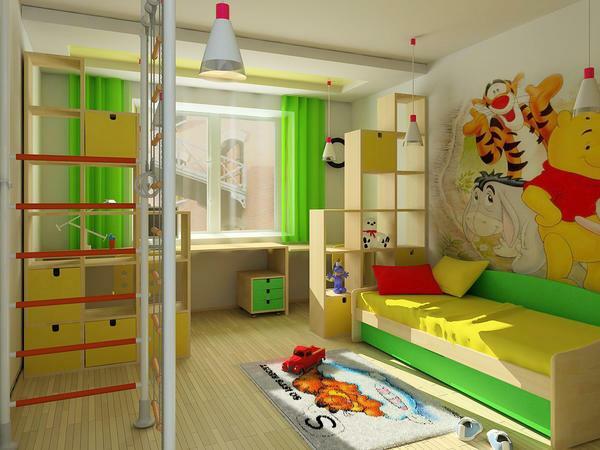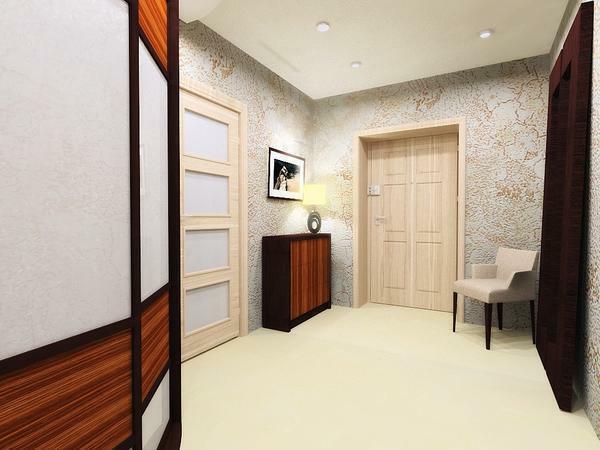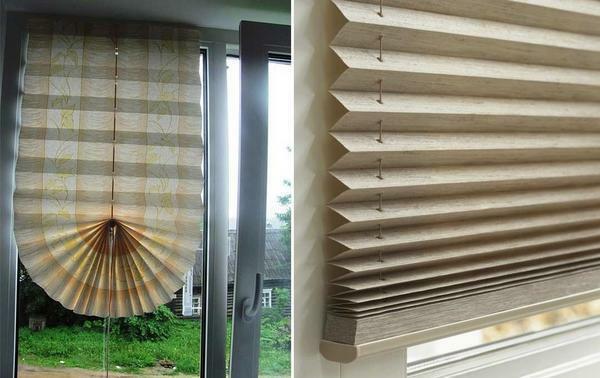
Before mounting your wall must be primed
Content
-
1 Primer for walls under the wallpaper: composition, types and their characteristics
- 1.1 Purpose primer mixtures
- 1.2 What are the main types of primers
- 2 How the effects of various kinds of primer mixes
- 3 Overview manufacturers primer mixtures
- 4 Priming of walls before gluing the wallpaper (video)
Primer for walls under the wallpaper: composition, types and their characteristics
Wallpapering, all the finishing work requires the use of auxiliary materials. One of them is a primer for walls under the wallpaper. It is a suspension of varying consistency, which, after mixing, is converted into a homogeneous mass milky. Deposited on the wall surface, it creates a continuous film which has excellent adhesion to most finishing materials.
Primer consists mainly of organic resins and adhesive components. Film formation occurs due to silicate polymers, latex, acrylic or silicone. The solution also contains additives impart greater plasticity or fluidity.
Manufacturing companies are required to indicate on the packaging of a number of parameters that the user needs to know:
- The order of preparing the mixture and its ratio.
- The average consumption of the drug per 1 m².
- The manner in which material is recommended to apply on the primed surface.
- Time, during which will be completely dry layer deposited on the wall.
- Guaranteed by the expiry date and the date of production of the mixture.

Under the bright wallpaper is better to choose a transparent primer
According to the generally accepted rules, the primer must have properties that are necessary for its immediate purpose, namely:
- in the surface that is treated, the composition must penetrate very deeply;
- adhesion adjoining materials using primers should become much higher;
- the surface structure of the material when implementing primer walls before wallpaper glue must be strengthened;
- Any primer is simply obliged to have antiseptic and antifungal action;
- quick drying - an indispensable attribute of any high-quality primer.
Making selection of a particular type of primer (as is sometimes called primer mixture), it is necessary to know the following:
- the coating material. After all, plaster, concrete, plasterboard and other grounds totally different properties;
- level of humidity in the room where you plan to apply the primer;
- characterized by its composition of simple primer for wallpaper and liquid;
- even the density of wallpaper is important when choosing a particular soil.

To work need a paint roller and a plastic tray
Useful advice!Prepare all of the above raw data before going to the store to purchase a primer. They need to inform the seller that he took you to the best option primer.
Purpose primer mixtures
Priming wall under the wallpaper provides guidance on the order of wall surfaces, and also ensures the establishment of superior substrate for the adhesive composition. The solution penetrates deep into all the pores of the wall, holding them and forcing out the air, which prevents the formation of bubbles under the wallpaper. surface disinfection takes place by the fact that the primer composition has a substance which is capable of striking the living organisms: fungi, mold and bacteria. The primer creates an excellent adhesion between the wall and wallpaper. This is especially true in the various joints and corners.

The primer mixture can be applied onto the walls with a brush
The film, which is created by applying a primer to the walls, does not allow to soak deeply adhesive composition that makes it extra savings. In addition, it makes the walls of a uniform color, which is very critical in light sticker wallpaper. Mixtures have the ability to smooth out a few minor flaws in the surface of the walls, which makes gluing wallpaper paintings more convenient. In this case, atmosphere in the housing is not disturbed, as the walls do not stop "breathe" after using primer mixtures.
What are the main types of primers
At present agreed that all primers according to three criteria: the solubility of the material used and the appointment. If you take the solubility test, the chemical industry offers the following primers:
- Organic solvents dissolves: alkyds, polyurethane latex.
- There are water-based acrylic, silicate, silicone and latex primer.
- On the basis of natural minerals such as gypsum, cement or lime.

Walls are primed after plastering and spackling
Useful advice!Totally unacceptable handle silicate primer surface containing gypsum. They are not designed for this purpose and lead to loss of strength properties.
As intended all primers are divided into several separate types:
- universal application. They produced a water-based;
- have a specialized purpose: antifungal, antibacterial or anti-corrosion;
- preparations to 15 mm deep penetration into the surface;
- having insulating properties;
- so-called betonkontakt, allowing to provide the best adhesion to concrete surfaces.

The primer is easily applied to the wall with a roll
Primer walls before gluing wallpaper is usually carried universal alkyd, latex, acrylic primers or conventional wallpaper paste.
How the effects of various kinds of primer mixes
Consider a method of using a particular type of soil. Acrylic primer applied to the wall using a roller. Where this is not possible, use a brush. In making a single layer or two depending on the quality of the primed surface. In plasterboard layer 2 is always applied. The advantages of acrylic type in its universality. It is suitable for almost all walls.
Useful advice!With processed acrylic primer walls are very easy to remove old wallpaper. They need to just moisten the heated water.

Wallpaper glue can only be after so primed the walls dry out
Latex is often used to group crumbling surfaces because it can bind particles of the substance. Alkyd primers create a moisture proof film and destroy the mold. Property block rust allows this type of primers used on concrete surfaces.
Generic types are suitable for any surface, making them the most popular. However, it is not necessary to put them on a crumbling wall. It is better to choose a more specific type of soil. Priming of walls before mounting your universal primer ensures that all work on the quality requirements are met.
Overview manufacturers primer mixtures
In the market of finishing materials there are both domestic and foreign brands. One of them is Ceresit. Under this brand comes with several types of primer mixtures, which have shown themselves very well. Domestic manufacturer of "Skif-Impeks" produces the entire line of priming mixtures for various purposes. Another well-known manufacturer - the company «UNIS», which is also famous for its high quality products.

Manufacturers offer a variety of options for priming mixtures
No matter what brand to choose the primer, it is important that the composition quality and always available for general use. Using a primer for priming the walls before wallpaper pasting today sees an indispensable element of repair.


